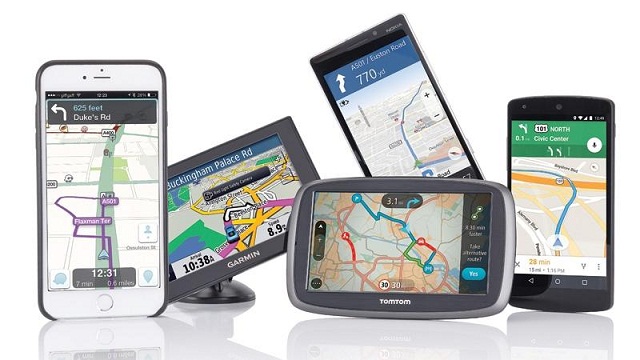Recommendations to avoid accidents
9 April, 2019 0
Most accidents involving motorcycles and other vehicles occur when the other vehicle turns on its way.
The result can be lethal when the biker hits the car in a t-bone shape (facing the side of a vehicle) instead of a side-to-side hit.
There are a series of vehicle crash scenarios in which the driver is not at fault and others in which they have partial or total fault.
But in the end, it does not matter whose fault it is if the motorcyclist is dead.

Most common crashes when turning
These are the four most common crash situations in which the other driver turns, often without looking for motorcycles:
- The approaching driver turns on the biker’s path to enter a property or side street;
- The vehicle leaves a side street on the road of the motorcycle;
- The motorist stops to make a U-turn without looking; Y
- A vehicle in the front suddenly turns without seeing a biker overtaking them.

Look for these signs
We all know that drivers do not look for motorcyclists for a variety of reasons.
So bikers must assume the worst and be aware of these signals in the SMIDSY (Sorry mate, I did not see you) previous situations:
- If an approaching vehicle has its directionals on, assume that it can turn without giving way; look for the movement of the wheels and the turn of the driver’s head;
- Suspect all the vehicles that leave the side streets (left or right) and check your wheels and the driver’s head again to see if they have seen you;
- Treat any vehicle that stops as a possible U-turn or that will at least open its door suddenly and come your way; Y
- If the vehicle in front of you suddenly decelerates, do not take the opportunity to overtake it. Be careful that you may be about to make a turn, even if you have not indicated it.

How to avoid shocks SMIDSY
In the four situations above, slow down and get ready to take some kind of evasive action, looking for a possible escape route.
If the driver is in a side street or if he approaches, try to make eye contact with them.
Make yourself watch by moving in your lane.
You can also alert drivers of your presence by blowing your horn or turning on the lights, although this may be illegal in some countries and you could give a false message that you are allowing them to cross your path.
Do not trust the sounds of your exhaust pipe to save you. Most drivers have the windows closed, the air conditioning on and the radio in high volume, so they may not hear you, anyway.
Also, in all these situations, your exhaust pipe is far from the driver.







